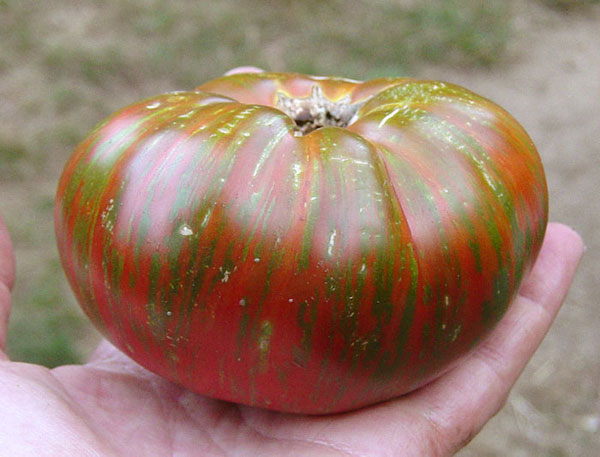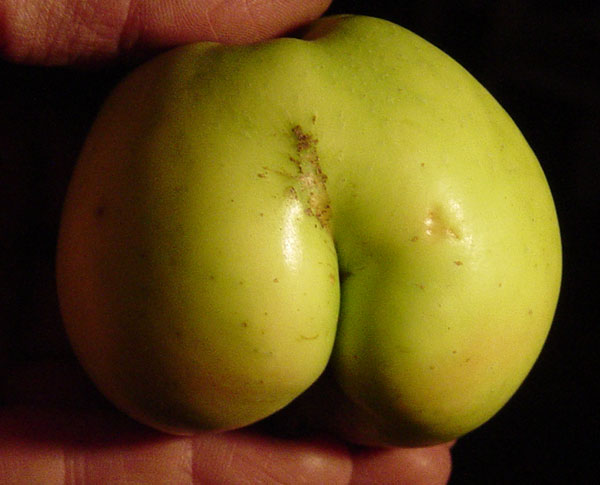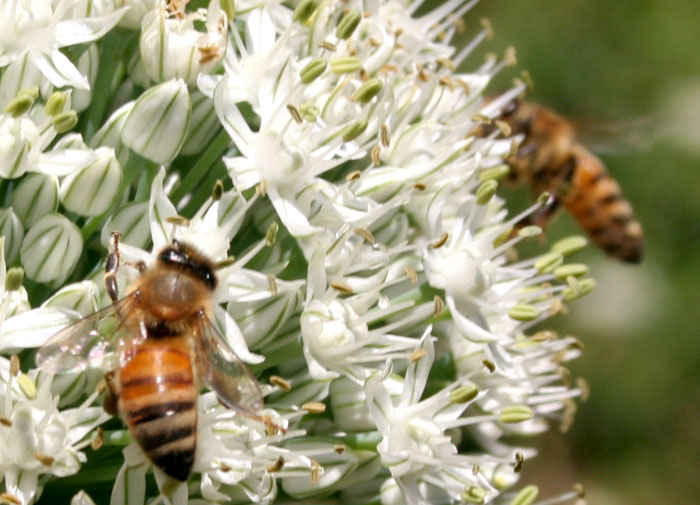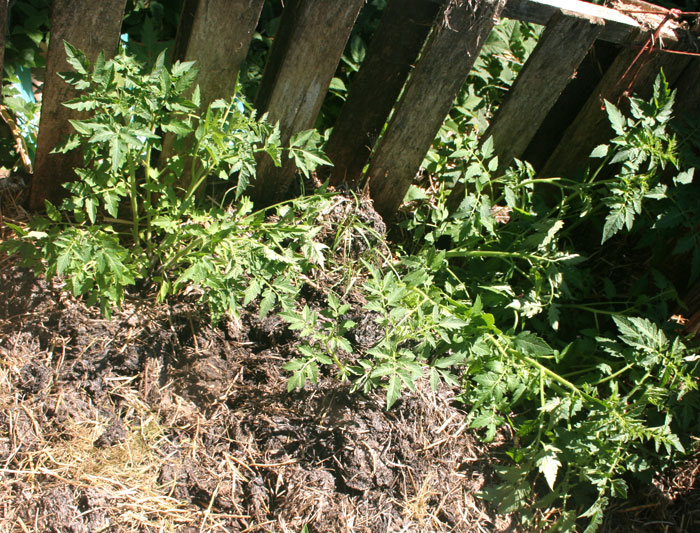Category Archives: Sights
2015 Oberian kids playing
First 2015 kids!
Harvest time is so beautiful…
Protected: The new digs
Darn moles and voles? Darn helpful, actually.
 In all seriousness, we don’t begrudge the little fellas the occasional onion or beet; they contribute far more to the garden than they take. Howzat?
In all seriousness, we don’t begrudge the little fellas the occasional onion or beet; they contribute far more to the garden than they take. Howzat?
Bear with me a moment and I’ll get to it.
Before industrial agriculture and forestry came around, the ground here was thickly covered in rich, fluffy duff. You can still go into the few remaining scraps of old growth forest and easily push your hand a foot or more into the ground to see what it’s like. If it wasn’t so scarce I’d harvest some as the world’s best potting soil, but it’s mostly been destroyed and takes centuries to recover, so I don’t.
After a clearcut:
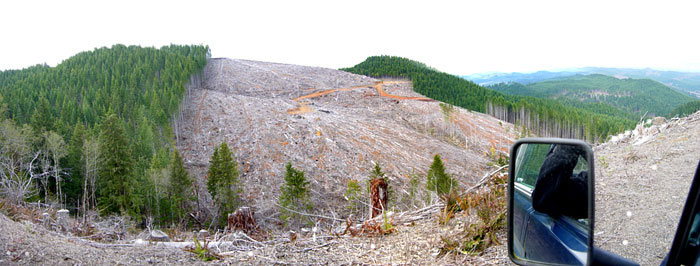
…much of the fungal and microbial life that contributes to building this amazing soil is killed off by the sunlight, and fertility is rapidly lost to the dry winds in summer (several months of no rain) and erosion in the winter (~8 months of constant rain). Eventually, what’s left is orange clay that can support only the most persistent “weeds” and deep-rooted trees. Eventually, the hardy, brushy plants will build a new soil layer, but people don’t live that long.
It’s not that bad on our little patch, because the land has been allowed to recover to some extent, but several inches beneath the surface it’s pretty much pure pottery. This is where the voles and other tunneling creatures are indispensable – their tunnels help the rainwater get down to the river without taking everything else along with it, and they break up the hard clay, mixing in the soil that they move around and of course leaving “fertilizer” in their wake.
So they’re quite welcome to a certain share of our harvest; they help us produce it!
Lammas 2011: harvesting alliums and hoping for exotic tomatoes
It’s Lammas, traditionally a time to celebrate the first harvests of the year, and despite the seemingly endless coldwetwinterspring weather, we’re actually starting to have something to harvest.
Bees are enjoying the onions that have been allowed to go to flower:
I wonder what the honey will taste like?
It’s a great year for some things, like our tart state plant, the Oregon Grape:
It’s not actually in the grape family, but it makes a really delicious dry fruit wine.
Some year soon, we’re going to have to do a huge field of black oil sunflowers, which are a staple item for our goats and chickens. This is a volunteer, and a spectacular example; I lost count at 27 flowers on this one 6′ tall plant:
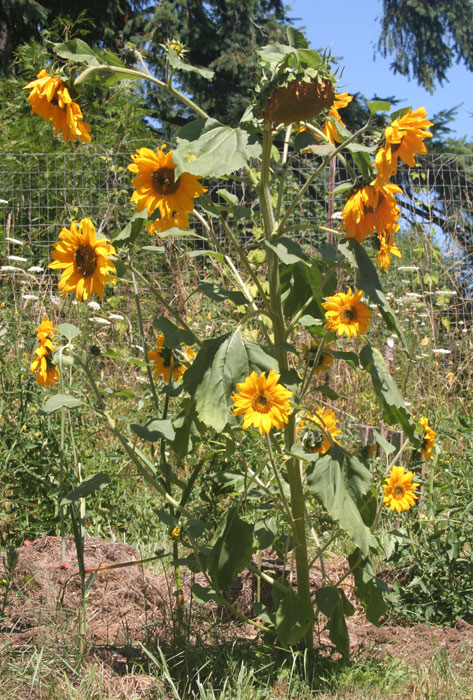
Most of the remaining garlic and onions were pulled this morning and now hang from the rafters in the living room:

I am not recommending this as an air freshener. Especially on a hot day when the windows are closed to hold in the cool nighttime air.
Tomato plants are finally setting fruit, and are overflowing the former garlic and onion beds:
We planted about 7 different varieties of tomato this year, purchased as small starts from Boondockers Farm, a great place for heirloom seeds and starts near Eugene.
Boondockers have been working with several obscure (to me, at least) tomatoes, fusing their goals of preserving heirloom DNA and finding varieties that thrive in our particular climate.
Evan, who owns the farm with his partner Rachel, was kind enough to spend an inordinate amount of time educating someone (me) who was only buying one tray of discounted starts. Several of the ones I chose from their almost overwhelming selection are of Eastern European origin, with names like De Barrao Black Ukrainian, Kosovo, and Malakhitovaya Shkatulka. The ones with less exotic names sound no less enticing – Chocolate Cherry, Black Zebra, Chocolate Stripes.
I carefully placed little tags next to each start so I could assess the varieties for future planting, but now there are a few mystery plants…the sometimes frustratingly persistent ink of a Sharpie marker has no UV resistance whatsoever =\
I also don’t know what variety of tomato these are; they popped up voluntarily in a compost bin:
The first round of potatoes is in, and the yield is not overwhelming but better than my previous efforts.
I did not know this before, but “potatoes,” like most of our roots and tubers, are things we plant and care for in order to keep the tunneling moles well nourished. Kidding, but not entirely; I’ll explain in the next post.
Our wedding: July 2, 2011
Two random cool things I saw from my office door and ran out to photograph
Ring around the sun:
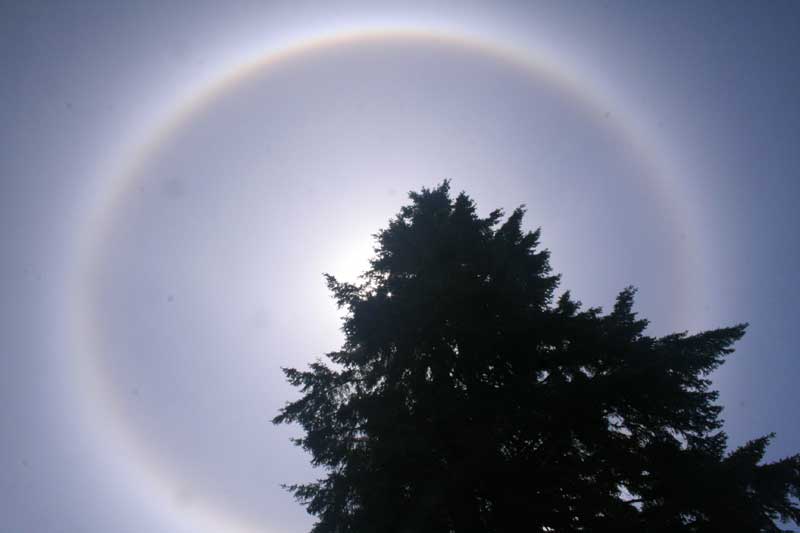
Little lizard guy enjoying that sun on the back of the house:
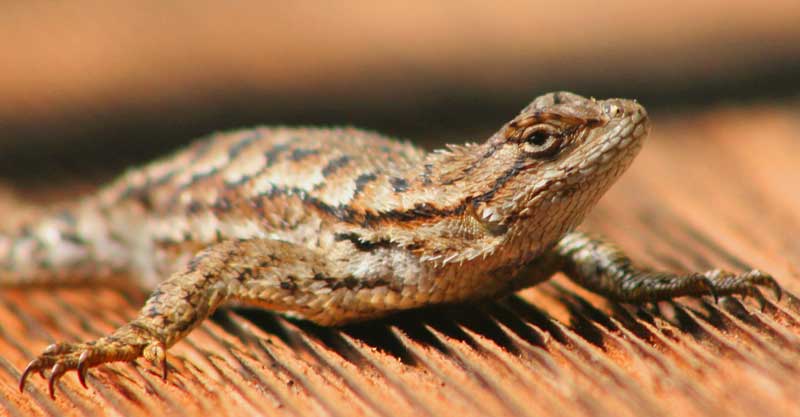
Yes, they’re supposed to look like that
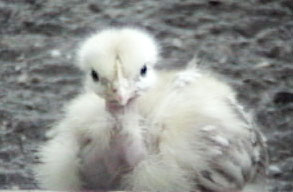
The chicks with no neck feathers are Naked Necks, also known as Turkens for their resemblance to turkeys.












